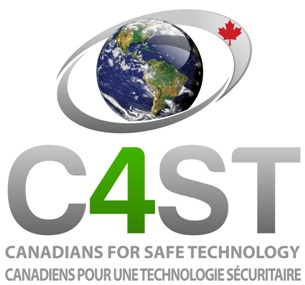GERoNiMO – New European EMF Health Effects Project
- 0 Comments
The European population is increasingly exposed to new physical and chemical agents in the environment, some of which may be damaging to health. Among these, electromagnetic fields (EMF) are one of the most widespread, and their application in new technologies continues to grow, with novel uses being actively developed and commercialised. Although there is some concern among the public and public health professionals alike about possible health effects related to EMF, results of studies to date are inconsistent.
The GERoNiMO (Generalised EMF Research using Novel Methods) project, which is being launched this month, proposes to close gaps of knowledge on health effects of EMF and reduce exposure. To achieve this, it will use an integrated approach, bringing together researchers from different disciplines (biology, engineering and physics, epidemiology and public health, radiation protection and risk assessment and communication), 19 different research institutions (see below) and 13 countries to address key questions related to EMF, specifically to:
– better understand the mechanisms underlying possible health effects of EMF;
– better characterise current and future levels of EMF exposure in Europe;
– further the state of knowledge on EMF and health;
– improve health risk assessment of EMF; and
– reinforce policy development and propose non-technological means to reduce EMF exposure.
GERoNiMO is a five year project, coordinated by Professor Elisabeth Cardis, head of the Radiation Programme at the Centre for Research in Environmental Epidemiology (CREAL), an ISGlobal alliance research center, in Barcelona, Spain. It is funded by the European Union (EU grant agreement 603794).
On the occasion of the project’s kick-off meeting, held at CREAL on 16 and 17 January 2014, Elisabeth Cardis, said “We find ourselves living in an increasingly “smart” world, where EMF are used in our personal (health surveillance, …), domestic (home automation and alarm systems…) and commercial and industrial environments (electronic surveillance and tagging…). The advantages are undeniable, but it is important to ensure that we are adequately protected against any possible harmful effects of these exposures”.
The project focuses on a range of frequencies from a few KHz (intermediate frequencies used, for example, for anti-theft devices) to radiofrequencies and microwaves (used for communication technologies). By using different but complementary approaches, GERoNiMO investigates the potential effects of these exposures on the risks of cancer, neurodegenerative diseases, behaviour, reproductive outcomes and aging.
Michael Jennings, spokesperson for European Research, Innovation and Science Commissioner Máire Geoghegan-Quinn, said “The integrated approach used in GERoNiMO should significantly improve the strength, coherence, credibility and coordination of European research into EMF and health. The project should reduce fragmentation of the research in this area and improve the incorporation of evidence-based risk assessment into policy development and communication relating to EMF and health.”
GERoNiMO will provide support to the EU and national regulatory bodies by improving reliability of research data on potential effects of EMF exposures and providing educated recommendations for public health policy based on a consensus of experts from diverse fields. It will contribute to EU risk assessment, management and communication activities, building on previous EU-funded networks (EMF-Net and EFHRAN).
